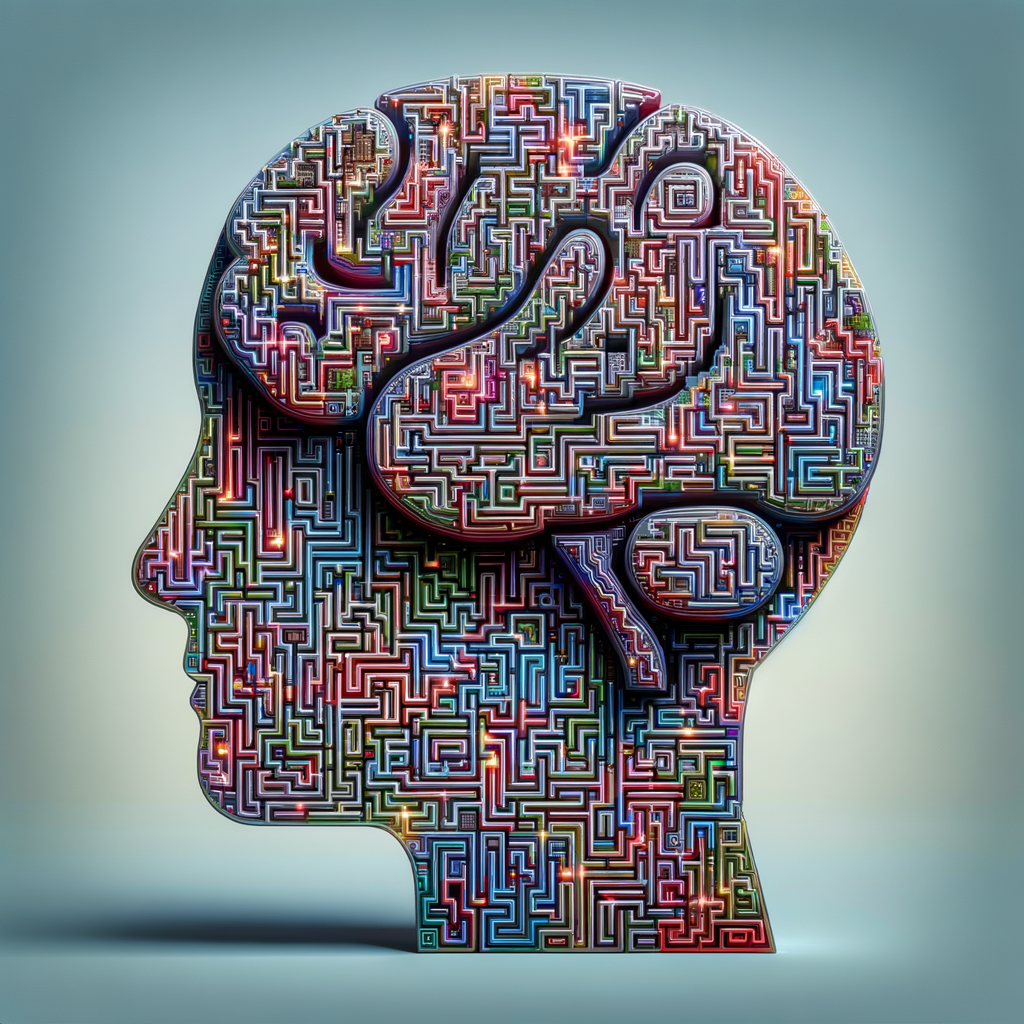
Why Perplexity in AI Matters: The Key to Better Language Models
Explore the concept of perplexity in artificial intelligence and its crucial role in evaluating and improving language models. This blog delves into how mastering perplexity can lead to more effective AI-driven solutions in natural language processing, benefiting developers and data scientists alike.
Perplexity is a crucial metric in the field of natural language processing (NLP) and AI that helps evaluate the performance of language models. At its core, perplexity measures how well a probability model predicts a sample. The concept, originally derived from Information Theory, essentially captures model uncertainty: the lower the perplexity, the better the model is at predicting the next word in a sequence.
In this blog post, we will delve into various aspects of perplexity, starting with how it is calculated and the logic behind its application. We'll explore examples where perplexity plays a significant role in powering efficient AI applications, especially in the context of developing language models like GPT-3 and BERT.
Understanding perplexity offers insight into model behavior, providing developers and data scientists with essential information to refine and optimize algorithms. It serves as a guiding principle, influencing decisions related to model fine-tuning and architecture optimization.
We further provide practical code snippets for calculating perplexity using Python libraries, arming you with the tools required to measure and explore perplexity in your projects. By mastering perplexity, you are equipped to create AI models that are more accurate, efficient, and beneficial across various applications, ranging from chatbots and virtual assistants to text summarization tools.